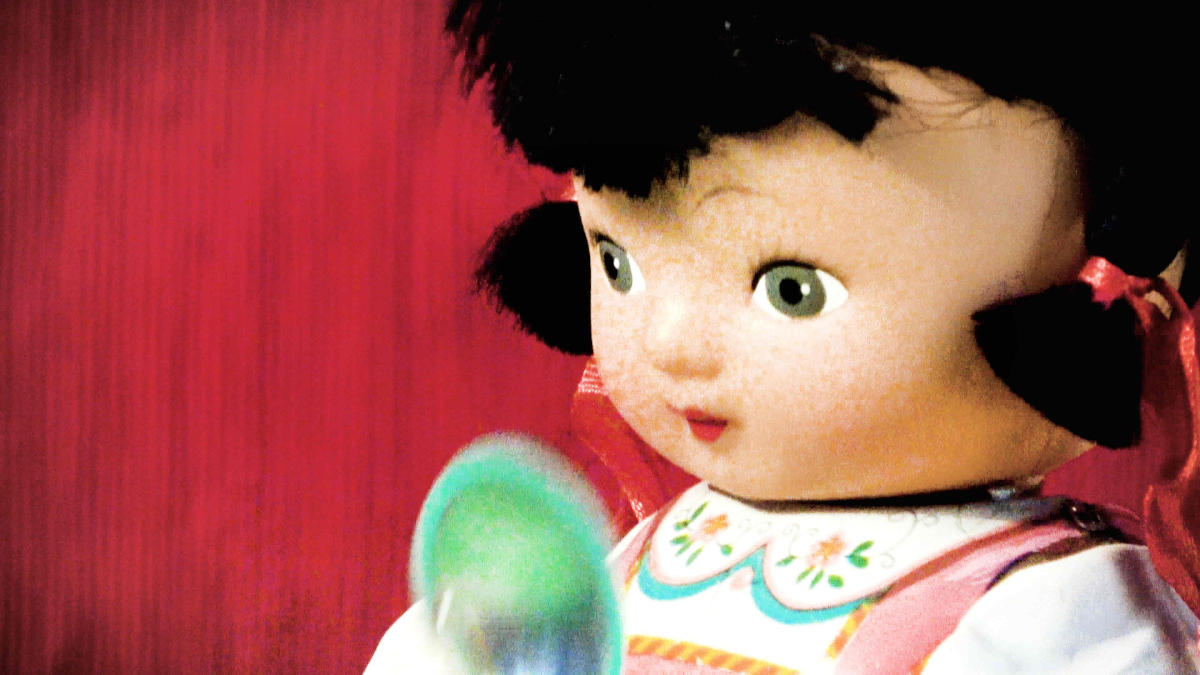
The Abstract Animation Competition at Anifilm 2025 offered a cinema of form over exposition. Works where motion, gesture, and sonic texture carried the weight of expression. Split across two stylistically curated programs, the selection presented two distinct but overlapping impulses: one built around geometric rigor and visual rhythm,
the other rooted in fragmentation, decay, and tactile materiality. These were films that pulsed, scraped, and echoed.
If ‘Block A was about structure, Block B was about rupture. Block A drew on Constructivism and Op Art, with films like Nicole Blundell’s ‘Geometrika’ (Canada) and Marvin Hauck’s ‘State’ (Netherlands) embraces hard-edged geometry, rhythmic repetition, and optical precision. Block B, by contrast, aligned itself with Dadaist and materialist impulses. Yiyang Sun’s ‘Breed’ (China/Estonia) and Simon Hamlyn’s ‘Green Lung’ (UK) favored collage, tactility, and decomposition – works built from what frays, not what holds. One program imposed order; the other let it unravel.
At the center of this tension stood ‘The Bridge’ by the Ukrainian director Mykyta Lyskov. A semi-abstract portrait of urban monotony, the film animates the engraved drawings of artist Andriy Sokolenko into a frenetic take on abrasion. Scratched lines flicker like railway tracks; rain falls as repetition, not metaphor. Sound is rhythmic, industrial, and relentless. ‘The Bridge’ doesn’t merely describe city life – it mimics its texture: etched, repetitive, eroding.

The Bridge
Also arresting was Justin Fayard’s ‘Hic Svnt Dracones’ (France), a glacial, monochrome descent into stillness. Its cold, monochrome blue-white palette evokes a frozen world after meaning – a heavy absence where only pressure remains. There is almost no movement, only weight. Animation becomes apparition. Time doesn’t progress, it sinks.
In a similar thematic vein, but with a completely opposite atmosphere, Nicolas Brault’s ‘Entropic Memory’ (Canada) lingers in the mind like a fading photograph. Using time-lapse to document water-damaged family albums, the film turns chemical decay into visual mourning. Faces blur. Pages curl. Moments disappear. What remains is the slow undoing of presence, a quiet truth rendered without sentiment.
Then comes ‘Lines’ by Germany’s Martin Schmit, a cosmological rupture rendered in vibrating color fields. Red and blue forces collide and replicate in a strobing dance of aggression and symmetry. The film asks – without words – whether every origin contains the inevitability of conflict. Its pacing is taut, its violence formal. And then, as the dust settles, a single, slim line remains – breathing, persistent. Not a victor, but a residue. The shift is subtle but profound: from confrontation to elegy, from chaos to transcendence.

Lines
These films offered no easy answers. Instead of guiding the viewer through a story, they invited close perception, asking us to feel our way through form, texture, and rhythm. They showed that animation doesn’t need characters or plot to communicate something deeply human. What this selection revealed – more than any unifying theme – is that abstraction isn’t escape. It’s confrontation by other means. In a culture that demands coherence, these works insisted on the beauty of the unresolved.
contributed by: Arsalan Awais







